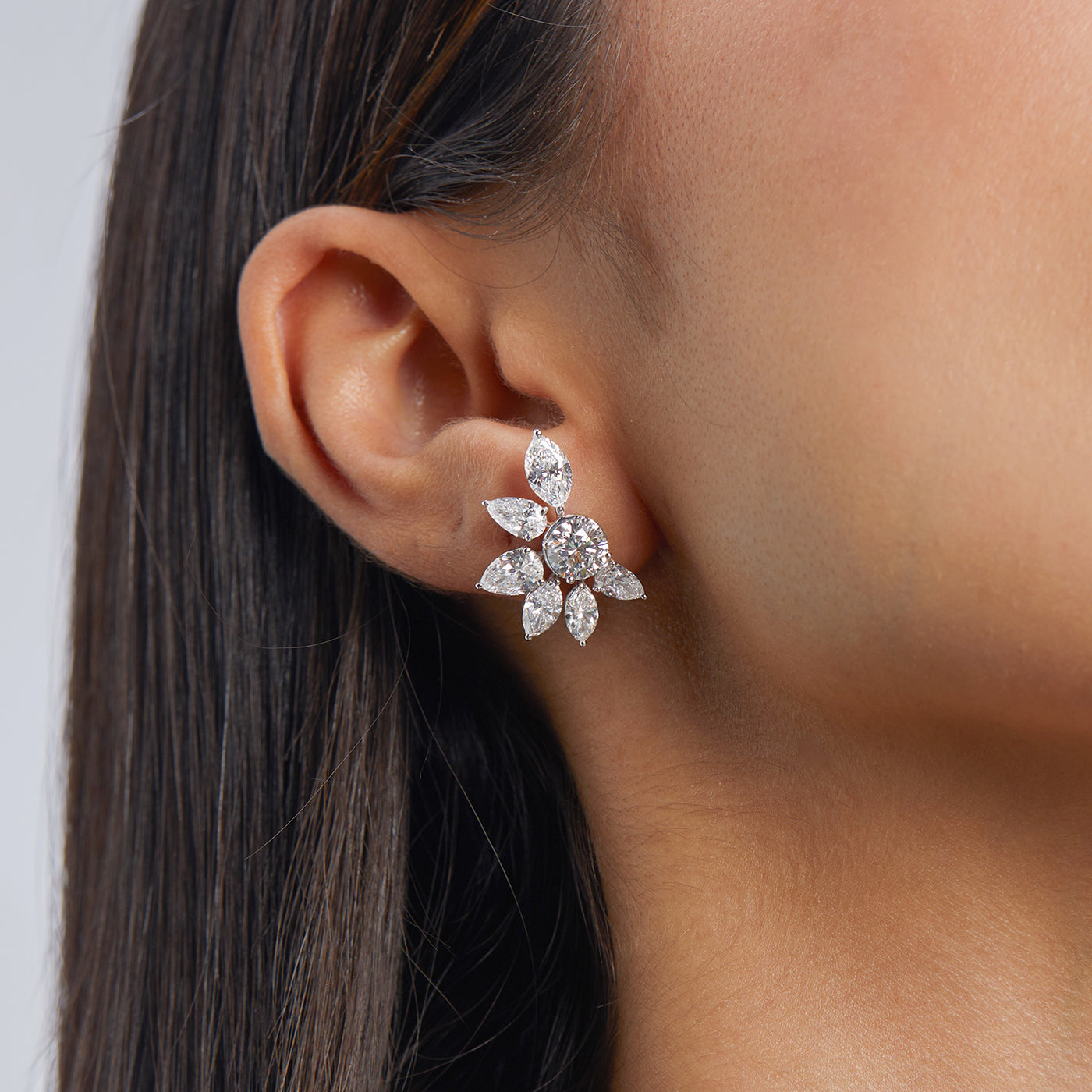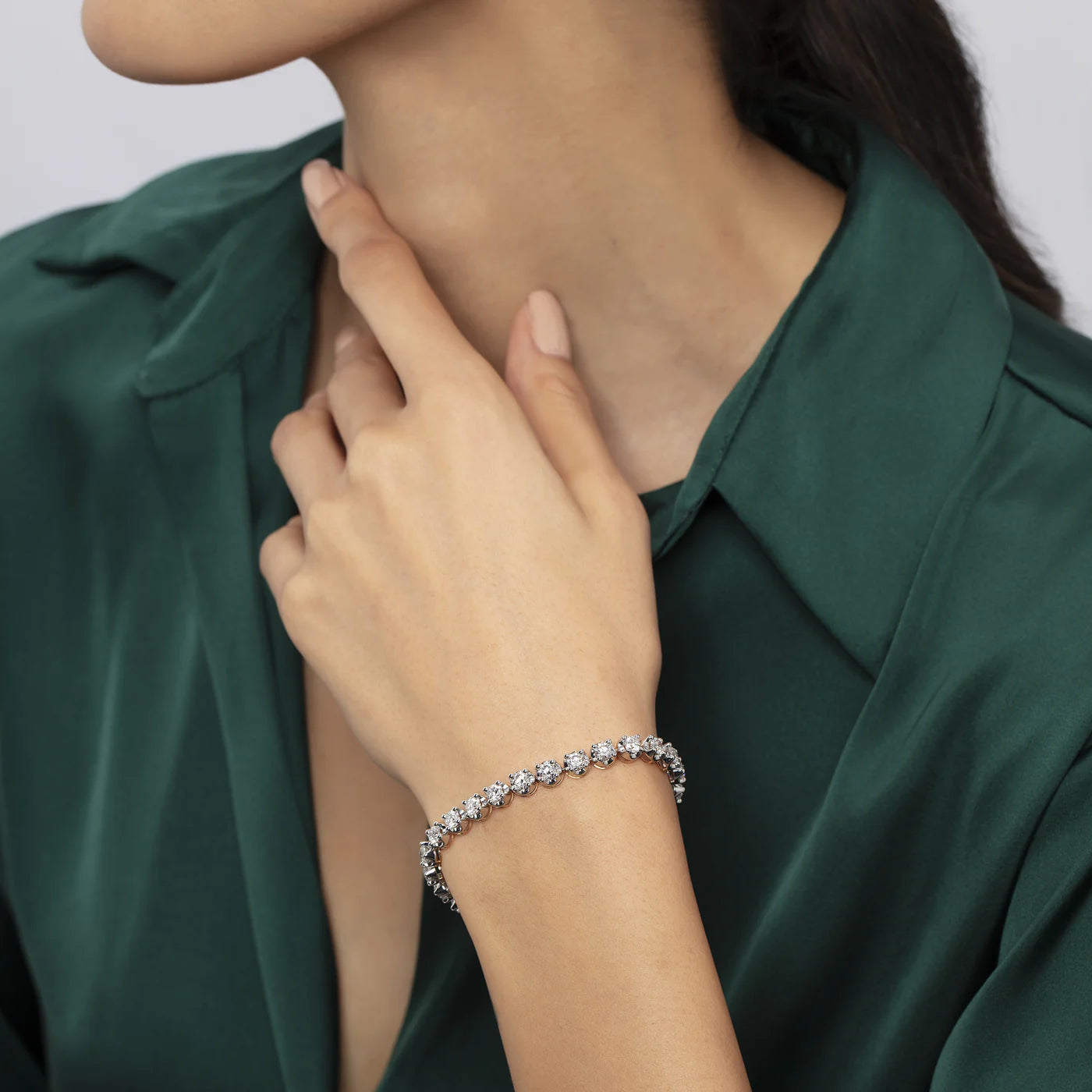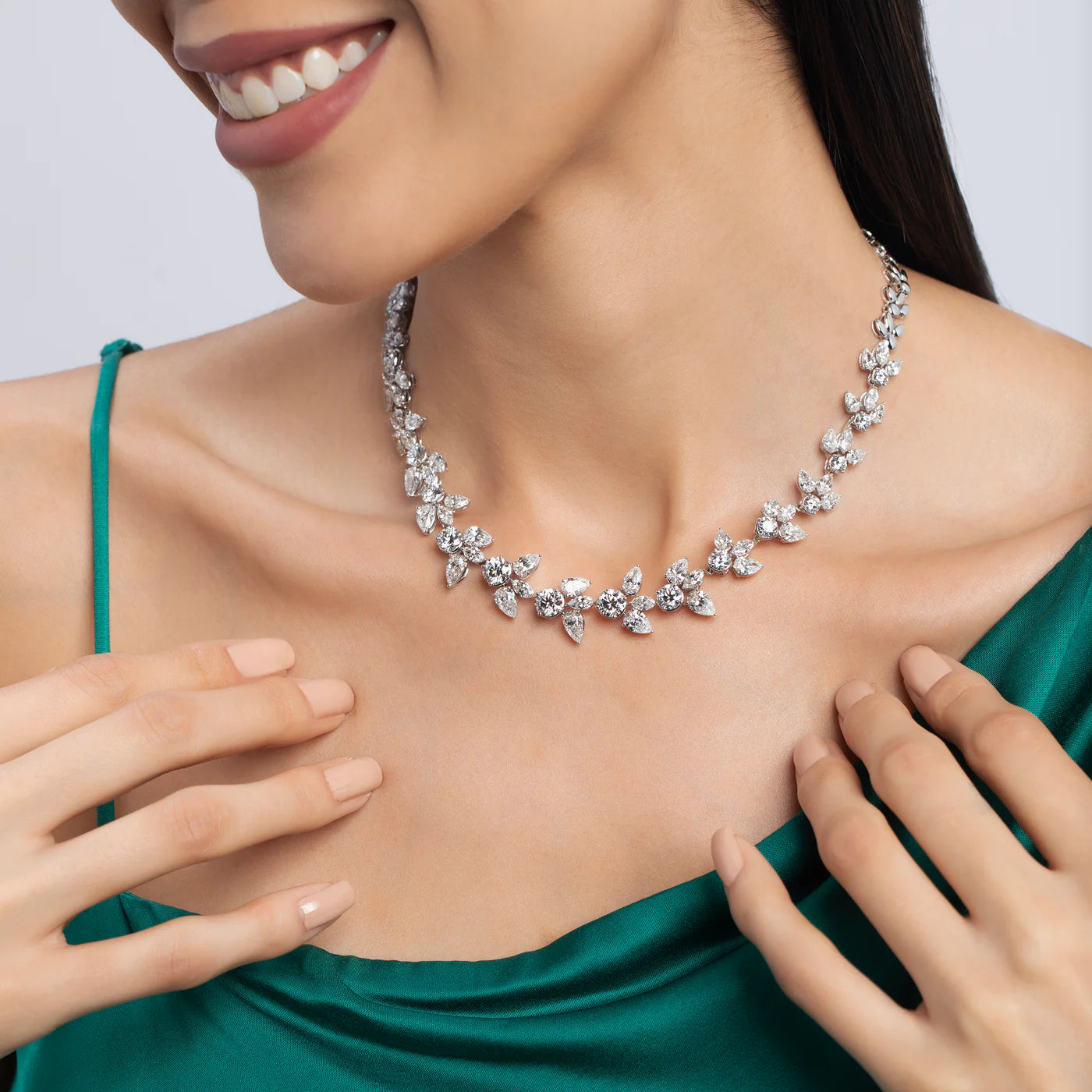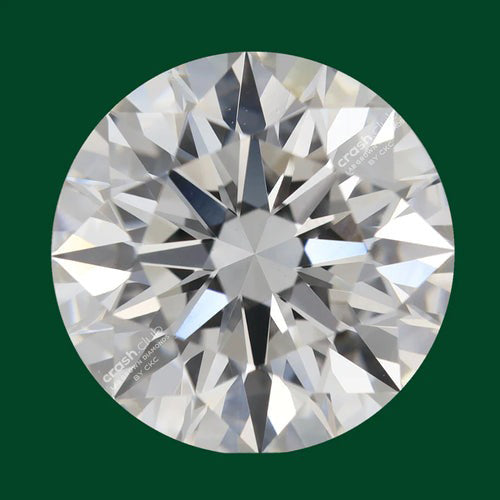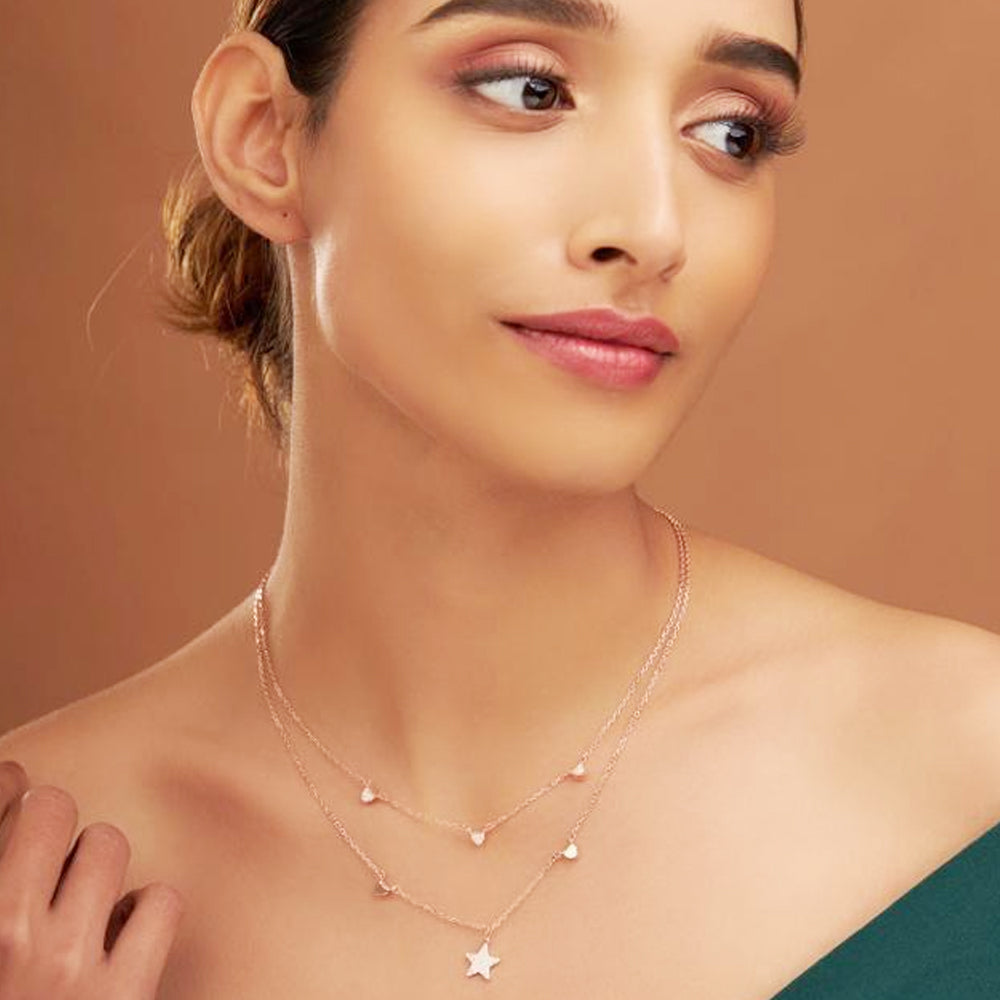Fashion jewellery has been an integral part of human adornment since ancient times. From the ancient Egyptians who wore colourful beaded necklaces and bracelets to the 20th century when costume jewellery became popular, fashion jewellery has seen a significant evolution over the years. In this blog, we will explore the history and evolution of fashion jewellery and how it has transformed into what we know and love today.
History of Fashion Jewellery Fashion jewellery has been a part of human culture for thousands of years. The ancient Egyptians were known for their intricate and colourful jewellery, which they wore to display their wealth and status. The Greeks and Romans also valued jewellery and used it to denote social status, as well as for religious purposes.
During the Middle Ages, jewellery became more ornate and decorative, with precious stones and metals used to create intricate designs. The Renaissance saw a return to classical themes, with jewellery designs featuring ancient motifs.
In the 18th and 19th centuries, jewellery became more elaborate and extravagant, with diamonds and other precious stones becoming increasingly popular. This period also saw the rise of costume jewellery, which was made from less expensive materials and was designed to be worn with specific
outfits.
Evolution of Fashion Jewellery The 20th century saw significant changes in the world of fashion jewellery. With the rise of industrialization and mass production, costume jewellery became more widely available and affordable. New materials such as plastics and synthetic gemstones were introduced, making it possible to create more colourful and diverse designs.
In the 1920s, the Art Deco movement brought a new style to fashion jewellery, characterized by geometric shapes and bold colours. This style was influenced by the changing social and cultural landscape of the time, as people began to reject the traditional values of the past and embrace a more modern and dynamic lifestyle.
During World War II, there was a shortage of metals and other materials, which led to a decrease in the production of fine jewellery. Costume jewellery became even more popular during this time, with designers using materials such as Bakelite and Lucite to create bold and colourful pieces.



